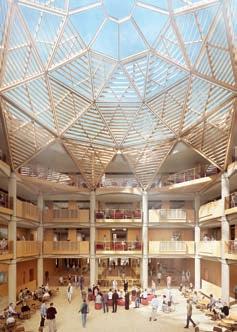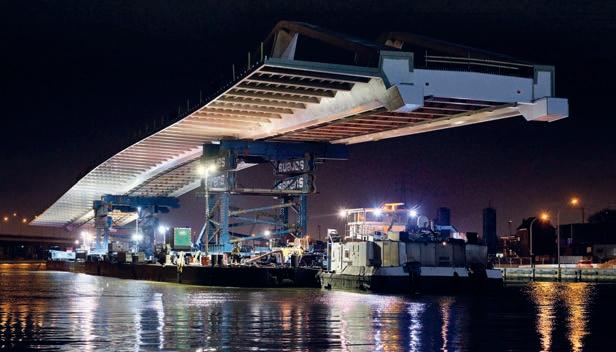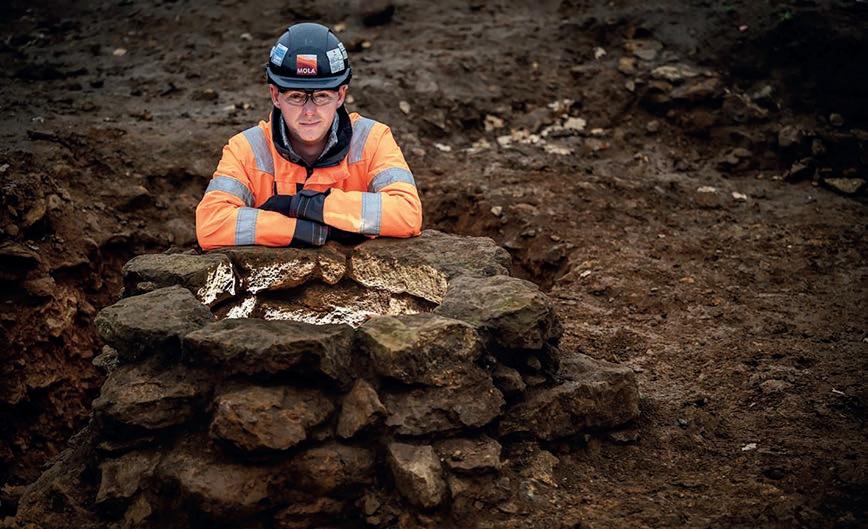
2 minute read
News in pictures
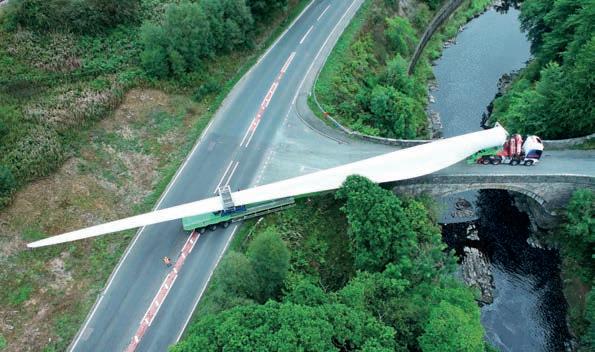
HS2 archaeologists discover Roman trading settlement
Advertisement
Around 80 archaeologists working for MOLA Headland Infrastructure on HS2 have uncovered a significant settlement dating back to the Iron Age and expanded under the Romans near the village of Edgecote in Northamptonshire. Finds at the Blackgrounds site included a 10m wide Roman road, over 300 coins, glass vessels, pottery, jewellery and evidence of make-up.
Huge wind turbine blades delivered to tricky site
Huge components for nine wind turbines have been delivered to Twentyshilling Wind Farm in Sanquhar, Dumfries and Galloway, Scotland. Haulage firm Collett & Sons transported components, including a total of 27 57m-long blades, 170 miles to the site. The company had to create a turning head two miles from the site on approach to the wind firm to give the required clearance for the blades to be delivered safely.
Skanska’s mindful idea Mental health first aiders in Skanska’s infrastructure business can now display a sticker on their hard hat to make them visible to other workers in need of help
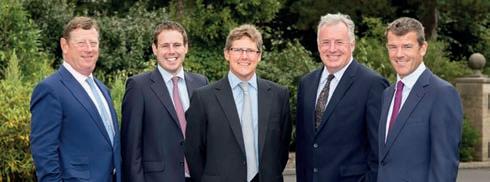
Laing O’Rourke to deliver major building for the University of Oxford
Laing O’Rourke has won a deal to build the new Stephen A Schwarzman Centre for the Humanities for the University of Oxford. The building will be one of the largest single building projects ever undertaken by the university and will bring nine faculties and institutes and seven libraries and collections into one home.
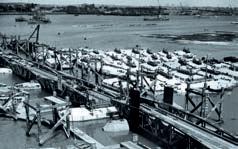
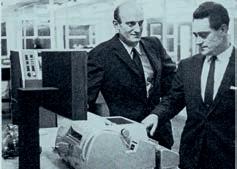
Wates celebrates its 125th year in construction
Wates is celebrating the 125th year since it was founded in 1897 by Edward Wates. Originally a housebuilder in Surrey, the business has grown to cover the whole of the UK and now has a £1.5bn turnover.
To mark the anniversary it has released a selection of commemorative images, including (clockwise from top): the latest generation of the Wates family – Sir James Wates (chairman), Charles Wates (director), Andy Wates (managing director), Tim Wates (director) and Jonny Wates (director); founder Edward Wates; the first computer terminal installed at its company HQ in the 1960s; and images of its work in an alliance of companies responsible for the Mulberry harbours used for the Normandy landings in the Second World War.
Jacking system installs five bridges in Belgium
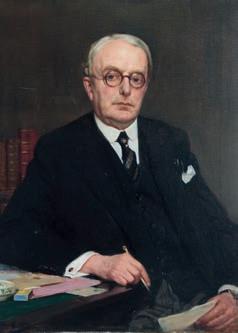
A jacking system developed by crane firm Sarens was used to install five bridges in the Albert Canal, Belgium (pictured, the Theunisbrug bridge). Sarens’ CS350 system can be used where bulky equipment needs to be installed in tight spaces. It has been used to raise loads more than 6m without bracing.
